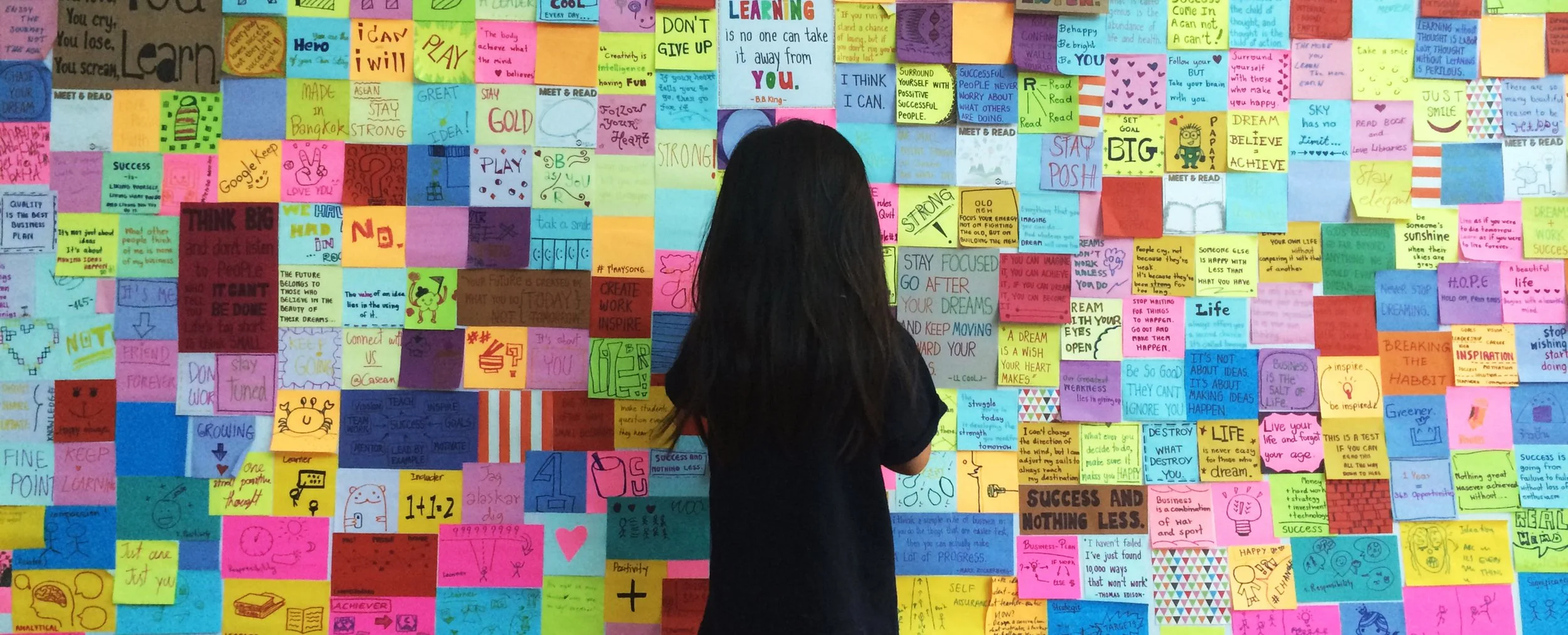12 Examples Of Gamification In The Classroom
/by Ryan Schaaf & Jack Quinn
Everyone loves games.
Albert Einstein himself indicated they are the most elevated form of investigation. He knew games are avenues for something deeper and more meaningful than a childish waste of time. Games promote situated learning, or in other words, learning that occurs in groups of practice during immersive experiences. Oftentimes, playing games are the first method children use to explore higher-order thinking skills associated with creating, evaluating, analyzing, and applying new knowledge.
See also 50 Questions To Help Students Think About What They Think
This article is written in two parts. The first, written by Ryan Schaaf, Assistant Professor of Technology at Notre Dame of Maryland University, introduces gamification in an educational context, its many elements, and some products that emulate gamified practices. The second part, shared by classroom teacher and coach Jack Quinn, provides a firsthand account with perspective from a gamified learning practitioner. Below are our combined insights.
Gamification In An Educational Context




















